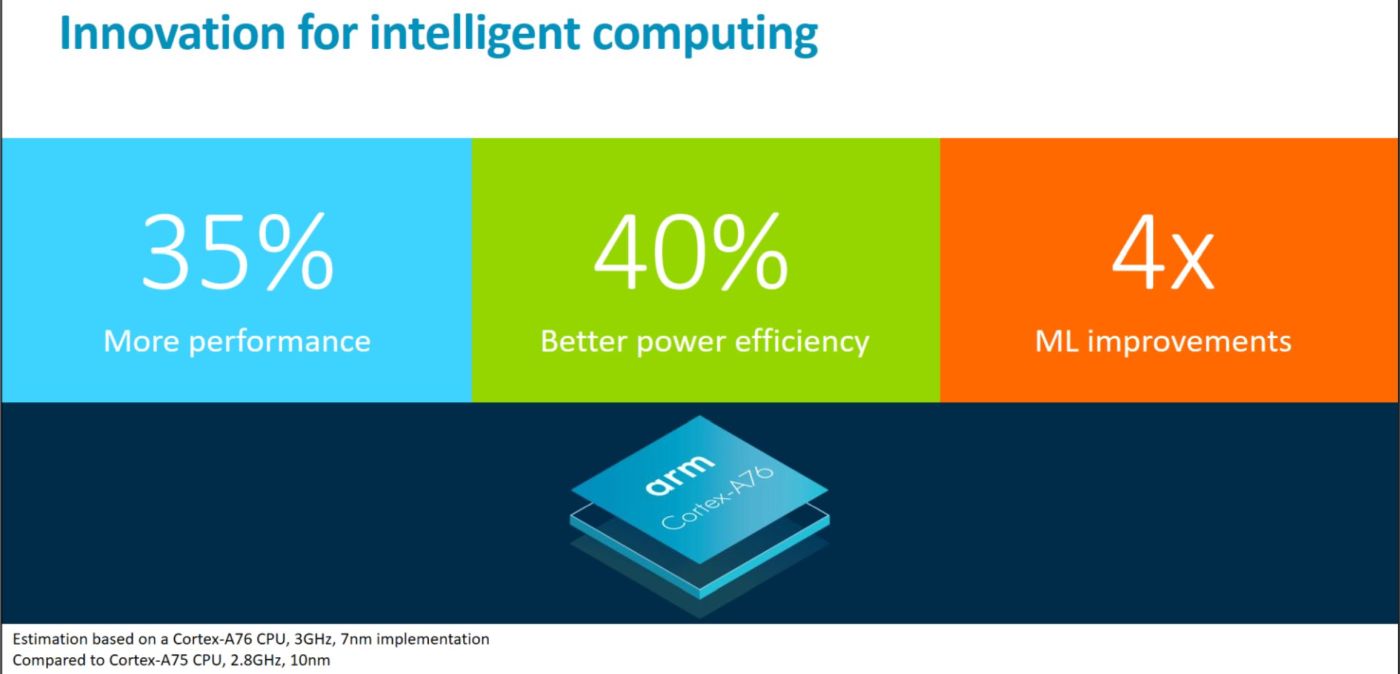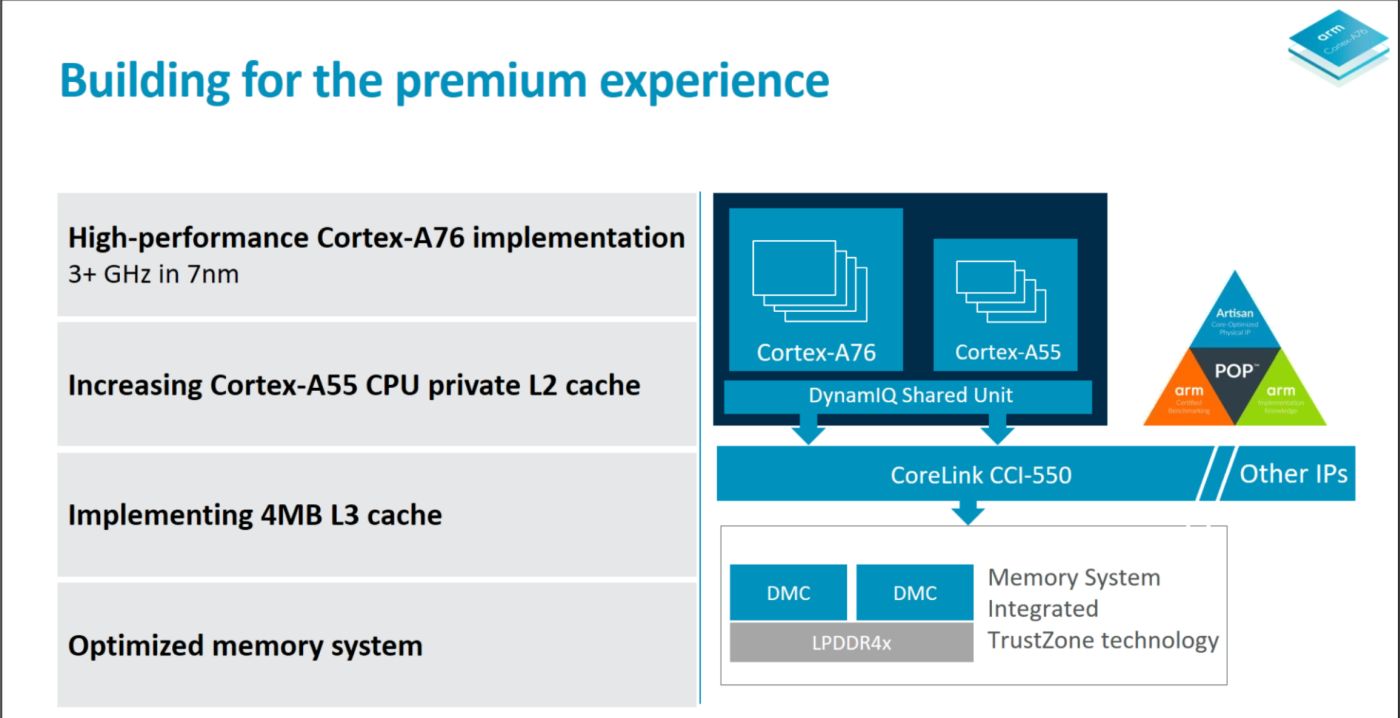Since this API is designed for 7nm processors, expected in late 2018 and shipping in devices in early 2019, there is a big power consumption gain too. The 7nm, 3GHz new Cortex A76 has 40 percent better power efficiency compared to the Cortex A75 CPU at 2.8GHz in 10nm.
Yes, you read right, ARM confirms that Fudzilla has been saying that 2019 is the year of nm smartphones and laptops - at least when it comes to ARM based devices. Apple is also expected to have a 7 nm chip later this year.
7nm, 3GHz and 4X the AI
It was interesting to see the choice of words from ARM’s Ian Smythe, senior director of marketing programs for the client line of business. Well, that is indeed a long title.
Smythe’s presentation clearly marks that Cortex A76 is delivering laptop class performance and if you think about Windows on ARM, you are thinking right. Qualcomm is about to announce the second-generation Snapdragon notebook platform that should show up later this year.
With that in mind, Cortex A76 will bring the third wave of Cortex A76 laptops to the market in 2019. You can expect close to 2X performance compared to existing platforms, so let’s say Snapdragon 835 based solutions.
ARM won't stop at 3GHz, as the Cortex A76 in laptop form factor can reach 3.3GHz with 64KB L1 cache, 512KB L2 and 4MB L3 cache. When you compare this laptop platform with Cortex A73 16nm at 2.45 GHz with 64KB L1 cache and 2MB L3 cache you get 2.1 better performance in peak single thread performance and 1.9 times multi tread big.LITTLE performance at 5W TDP. ARM uses the AArch64 SpecInt2K6 to get these scores and the Cortex A75 10nm with 2.8GHz sits somehow in between the Cortex A73 and Cortex A7.
ARM also introduced the new Mali G76 graphics and its first 8K Mali V86 processors and more about that later.




